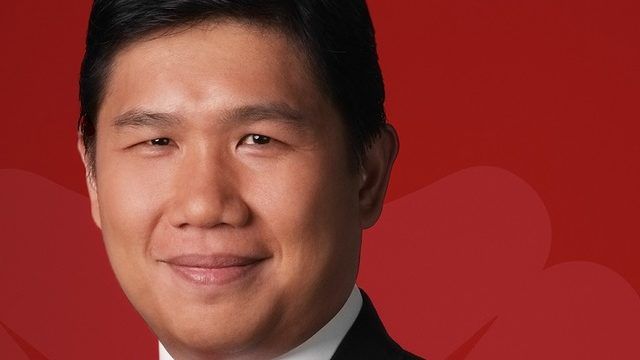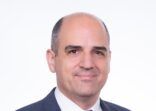Kelvin Tan, DBS Bank
“Quantitative screening is very important, but more and more banks are looking at qualitative discussions,” said Kelvin Tan, executive director and head of investments at DBS Bank. He was speaking on a panel during the Hong Kong Investment Funds Association conference on Monday.
“If you compare four Asia (ex-Japan) managers together, and they all have the same top holding, is that just driven from sell-side research? What is their conviction?” Tan asked.
Standard Chartered Bank is another distributor that looks closely at qualitative factors. The bank focuses on three key areas when screening fund products, performance, people and process, added Annie Chen, managing director and head of managed investments and product management for wealth management at Standard Chartered in Hong Kong.
A decision to buy into a fund is also based on the ability of the manager to explain the strategy in a clear and concise way. “Our fund analysts would interview the fund managers to understand how well they are able to articulate their strategies.”
She added that the bank also looks at whether the investment team has high turnover, which is often a red flag for the fund.
When it comes to process, the bank likes to see how a team is able to generate their own investment ideas rather than depending too much on sell-side analysis.
On the performance front, Standard Chartered makes use of a fully-automated model to dive into the numbers.
“We look into the fund’s performance, how much it generates alpha against the benchmark and how much risk has been used to achieve that performance.” The bank also looks at consistency, Chen said, adding that if a fund always ranks in the first two quartiles of its category, then the automated model will grant the fund additional points in its assessment.
Products for 2018
Elaine Lai, head of wealth development for retail banking and wealth management for Hong Kong at HSBC, who also spoke on the panel, said that besides quantitative and qualitative screening, the bank also factors in local investor appetite.
“There has been a lot of money flowing through fixed-income themes. What happened is we are seeing a lot of talk about the interest rate cycle changing, so that is an area where we have to bring in a solution. We are thinking of shorter duration fixed income,” she said.
Clients of the bank have also observed that equities globally have been performing well, which have helped multi-asset products perform well. HSBC intends to look closer at multi-asset products that can be added to the platform, Lai said. Multi-asset funds promise diversification and mitigation of downside risk.
Standard Chartered’s Chen also observed that fixed income products have become popular among the bank’s clients, as well as low volatility products. “The clients expect performance, but they also would like some downside protection.”
The bank is also considering thematic equity funds. “We have some interesting ideas that the fund analysts have provided to us and we are looking at adding them to our platform,” Chen said.
DBS’s Tan is interested in gold and commodity futures, which he believes provide huge downside protection for investors.
“Many of our clients are thinking about investing in that space. That could be something interesting, even though it has derivative components.”

















